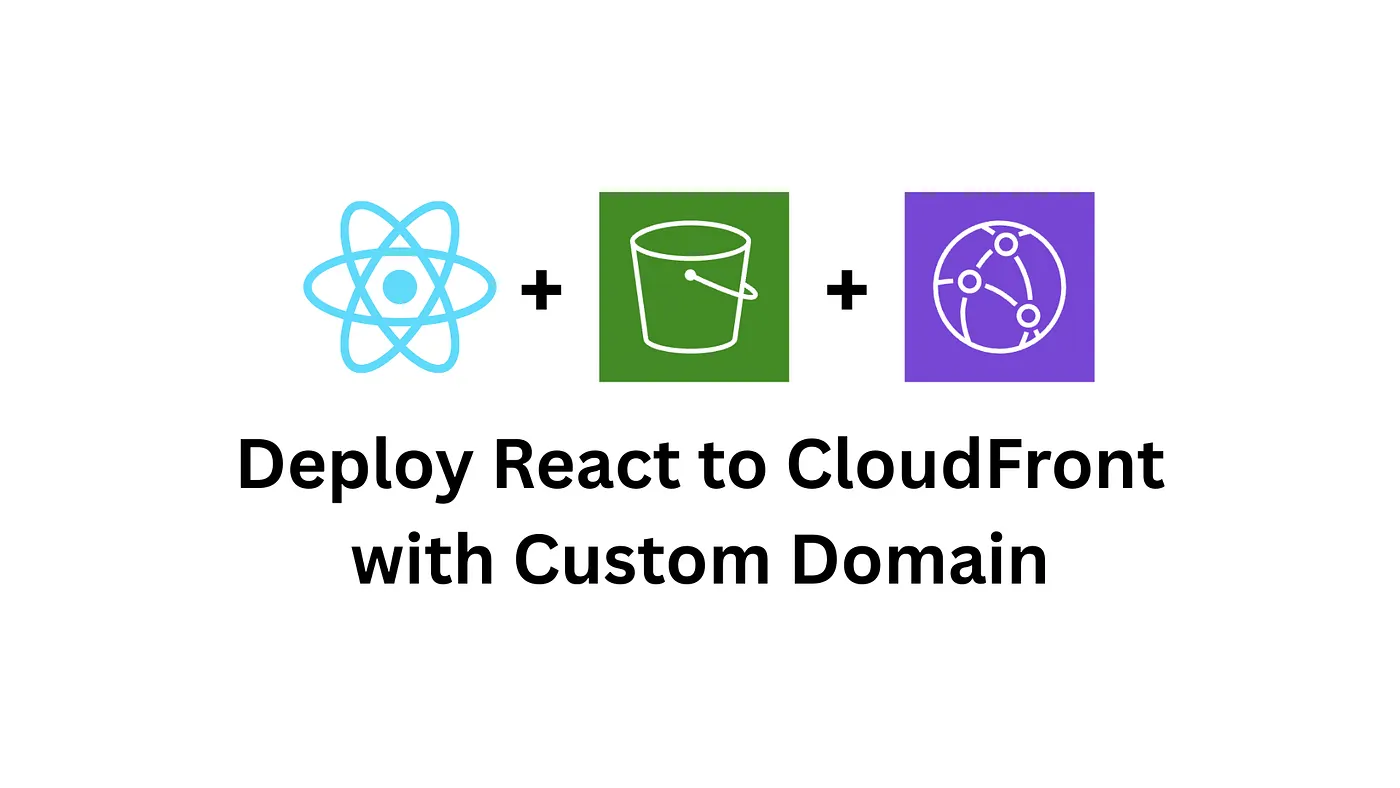
Scrum is the management framework teams use to self-organize to work towards a common goal. Did you know that the idea of scrum comes from the game of rugby? The framework is that a team of people hurdle together understanding their shared responsibility in getting the ball to the endpoint.
Scrum processes enable organizations to adjust smoothly to rapidly changing requirements and produce results that meet evolving business goals. Because of how fast changes have to be made in an agile environment, tools like Jira help manage this process.
In this article, we will show you how to create a sprint in Jira – every team that practises the agile methodology needs to read this.
Step 1 Create A Scrum Project in Jira
The first step in organizing a successful sprint in Jira is the creation of the sprint itself. Jira's user-friendly interface simplifies this process, allowing you to set the parameters for your sprint effortlessly. Along with your team, you can define the sprint duration, goal, and team members involved, setting the stage for a focused and time-bound iteration.

Step 2 Create A list Of Stories To Be Implemented
Stories serve as the building blocks of your sprint. Ensure each story is well-defined, achievable within the sprint duration, and aligned with the project's objectives.
Stories are tasks or features that contribute to the overall sprint goal. Every story is added to your backlog your team can then prioritize user stories based on their importance.

Step 3 Add stories to your sprint
Once you've perfected your user stories, seamlessly add them to your sprint in Jira. This is a seamless drag-and-drop process, you can prioritize and organize stories according to their importance and dependencies.
Step 4 Start your Jira sprint
As your sprint takes shape with a curated selection of user stories, it's time to kickstart the action. Initiating your sprint in Jira is a straightforward process. With a single click, you set the wheels in motion, signalling to your team that the sprint has officially commenced. There are also typical sprint rituals that companies observe like daily stand-ups.

Step 5 Monitor your team's progress
Jira provides a robust platform for real-time monitoring of your team's progress. Utilize the Agile boards to gain insights into completed tasks, ongoing work, and any impediments your team might face. The transparency offered by Jira ensures that you are well-informed, facilitating prompt decision-making and issue resolution.

You can take this a notch higher by integrating Jira with your team communication tool, for example, the Advanced Microsoft Teams Jira Connector helps to stay in the loop of updates and changes made to Jira issues. You can receive notifications directly in your Microsoft Teams and also make changes to Jira Issues from your Teams channels.
Step 6 Close the sprint on Jira
As the sprint concludes, Jira facilitates a seamless closing process. Evaluate the outcomes, review completed user stories, and gather stakeholder feedback. Jira's reporting features provide a comprehensive overview of the sprint, offering valuable insights for retrospective analysis and continuous improvement.

In essence, running a successful sprint with Jira is not just a task; it's a journey that involves meticulous planning, collaborative execution, and continuous monitoring. Each step in this guide contributes to the overall success of your sprint, ensuring that your team navigates the agile landscape with precision and efficiency. Embrace the power of Scrum and Jira, and witness the transformative impact on your project delivery.









































































